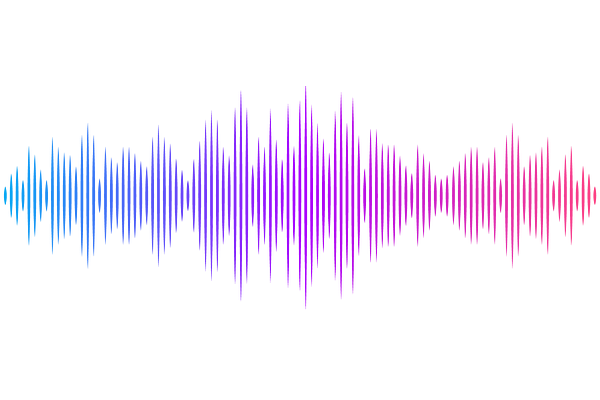Evaluating Stock Status and Biological Reference Points for a Data-Limited Brown Shrimp Fishery in the Gulf of California

Evaluating Stock Status and Biological Reference Points for a Data-Limited Brown Shrimp Fishery in the Gulf of California
Arreguin-Sanchez, F.; Perez-Quinonez, C. I.; Hernandez-Lopez, A.; Chavez-Herrera, D.
AbstractThe state of exploitation of the brown shrimp, Penaeus californiensis, fishery in the northeastern region of the Gulf of California was evaluated using landed catch and fishing efforts from 2010 to 2020. The annual catchability coefficient, qy , was estimated through the Leslie model; the monthly biomass, Bm , was estimated from the catch per unit effort; Um via the relationship Bm=Um/qy ; and through a biomass accumulation model throughout the fishing season, an approach to the biomass corresponding to the carrying capacity, B[[EQUATION]],y, was obtained. The harvest rate, HR, for each month and year was obtained and the annual maximum sustainable yield, MSYy, derived as HRMSY,y = 0.50, which represents the target biological reference point, BRPtgt. The decrease in population abundance allows for estimates of the recruitment rate, {rho}y, at the beginning of the fishing season and the survival rate, sy, at the end of the fishing season, which represent the remaining reproductive population. From these estimates, a limit biological reference point was computed, described as BRPlim,y = {rho}y/sy = 1, which corresponds to the population replacement level. With these estimates, the Kobe diagram was constructed, in which the biological reference points BRPtgt and BRPlim,y were incorporated. The diagnosis of the state of exploitation indicates, considering a precautionary criterion regarding recruitment, that the fishery has been operating at acceptable levels of sustainability, near the maximum production capacity.